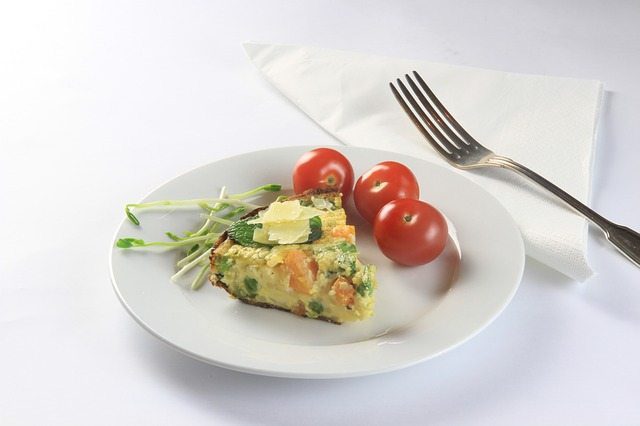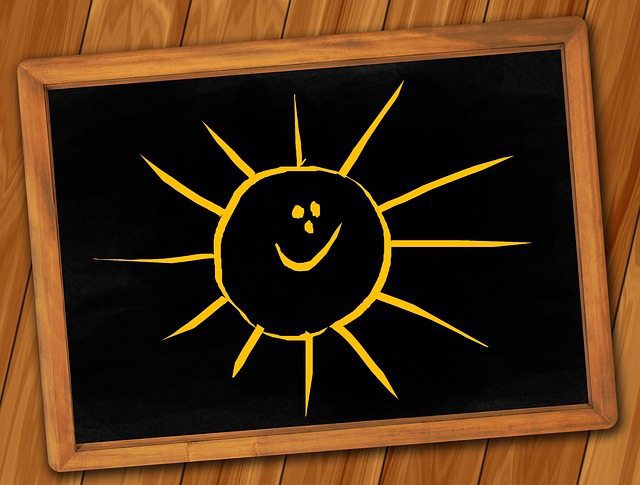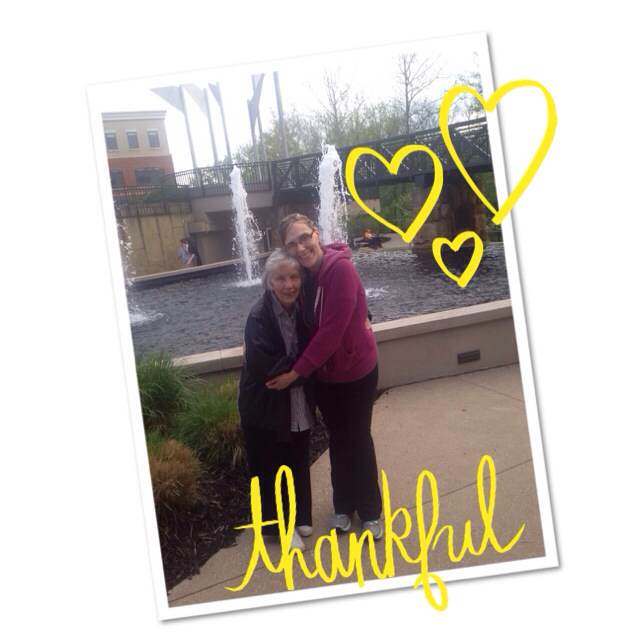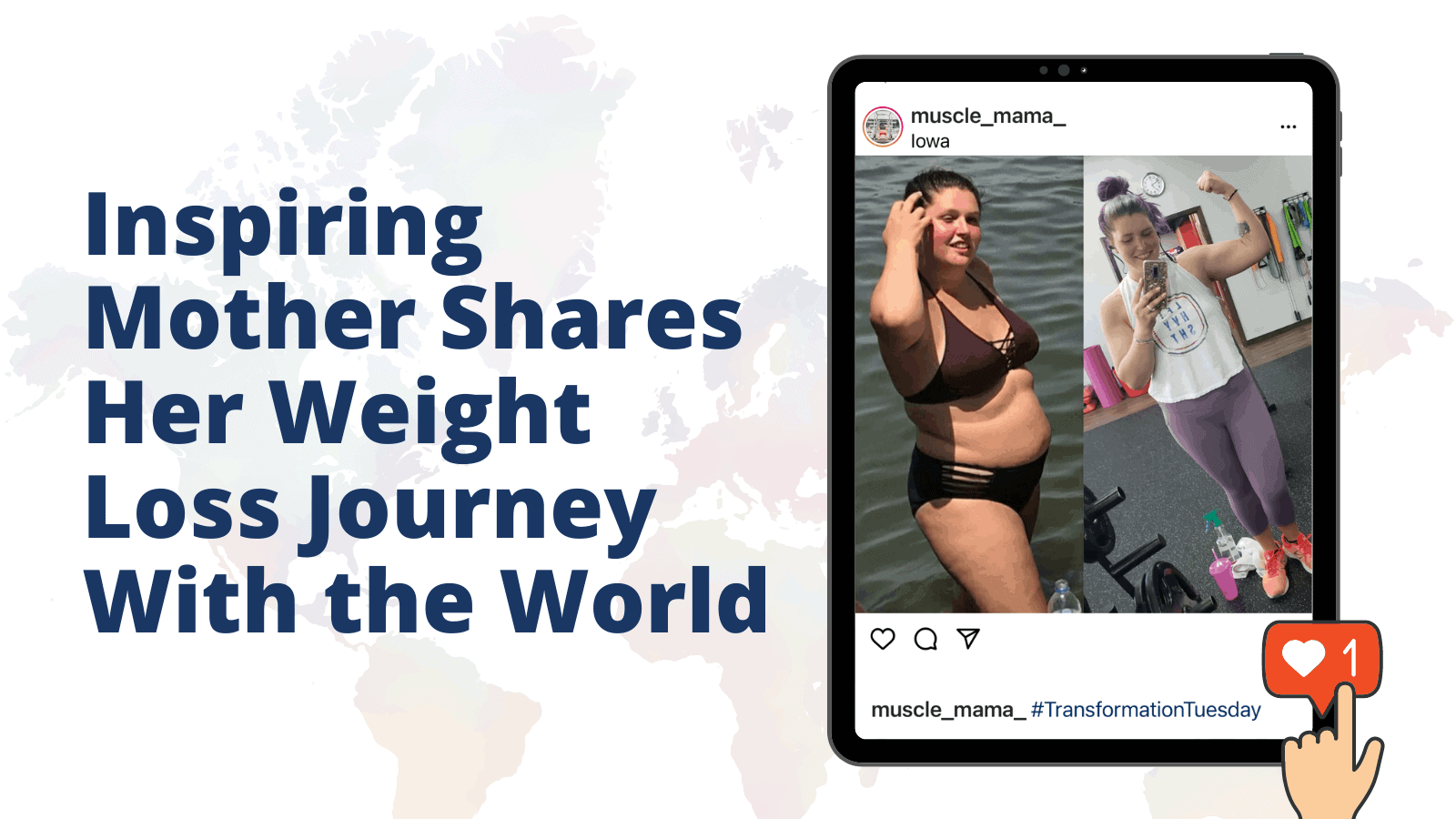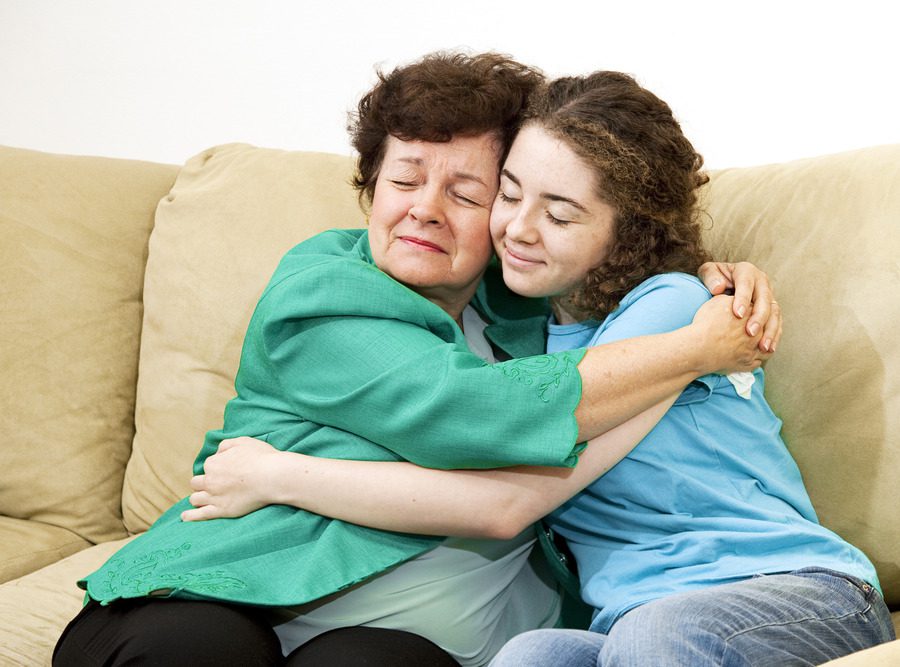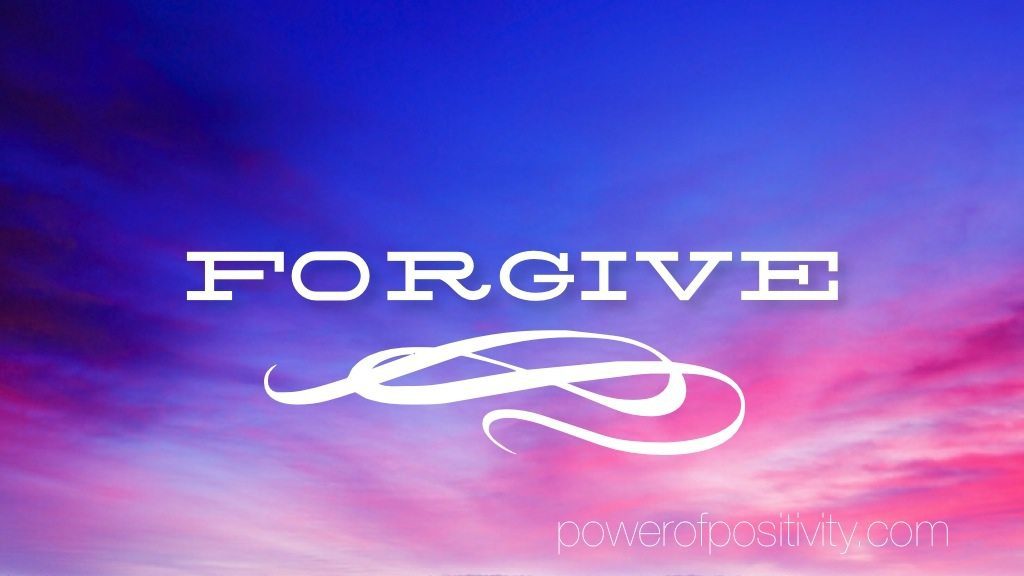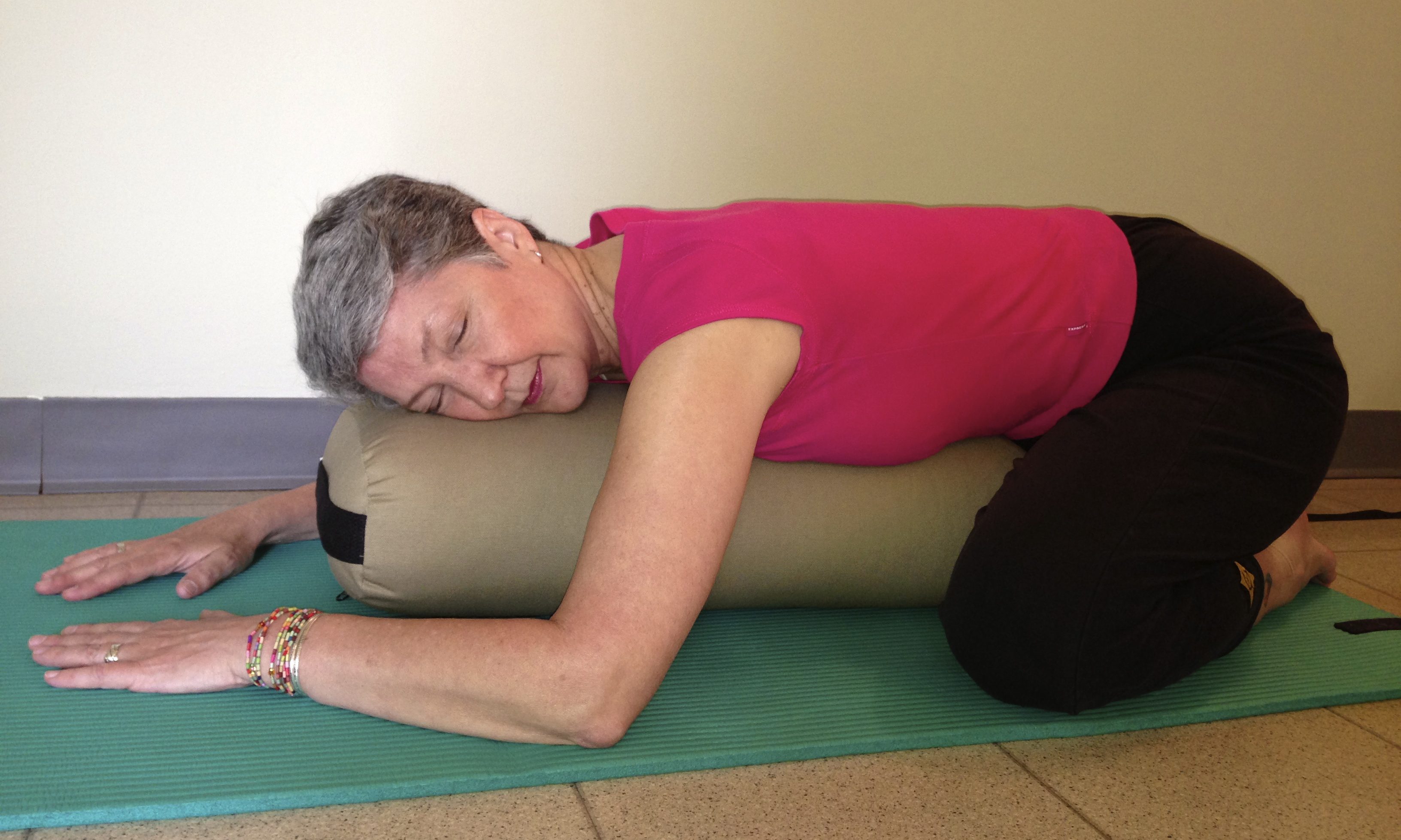Restorative yoga is a passive style of yoga where each pose (asana) is supported by props—bolsters, straps, blankets, or blocks. The support enables the practitioner to comfortably sink into a pose and hold it for between 5 and 10 minutes. This is an aid, allowing them to let go, be present, and completely relax in the moment.
“I am calm and balanced, the way I was designed to be.”
Perhaps the most therapeutic of all yoga poses, Legs Up the Wall is often referred to as the “cure-all” pose. A rejuvenating posture, it can be done: actively (without wall support, legs simply balanced in the air), or passively (legs supported by a wall or other supporting structure).
“Yoga carves you into a different person – and that is satisfying physically.”
Adam Levine
Why You Should Try Legs Up the Wall
Either way, this asana is effective for blood flow to every part of the body. In turn, the boost in circulation is great for:
- Improved digestion
- Headache relief
- Loosening tight hips and hamstrings
- Decreasing insomnia
- Easing back tension
- Diminishing PMS symptoms
- Resetting the body’s clock from exhaustion or jet-lag
- Cutting a cold off at the pass
- Shifting one’s perspective from overcast to sunshine
- Enhanced libido—woot woot!
Here’s how this restorative yoga pose is done:
Note: this inverted pose can be done with hips on a bolster or on the floor—I prefer the floor.
1. Sit on the floor with your side fairly close to the wall.
2. As you slowly lower your back and head to the floor, gently swing your legs up, folding them into a cross-legged position against the wall—maintain this soft hold for a minute as you settle your torso.
3. Once your sacrum is comfortably flat on the floor (or bolster), cross your legs the other way and maintain this soft hold for another minute.
4. Extend your legs up the wall—hold your legs just firm enough to keep them vertically in place. The cascading weight of the legs into the pelvis serves as an excellent hip opener.
Note: some people will feel completely at ease when they rest their heels and calves flush against the wall; other’s will be more comfortable with their calves away from the wall a bit — this is adjusted by the distance of your sit bones from the wall.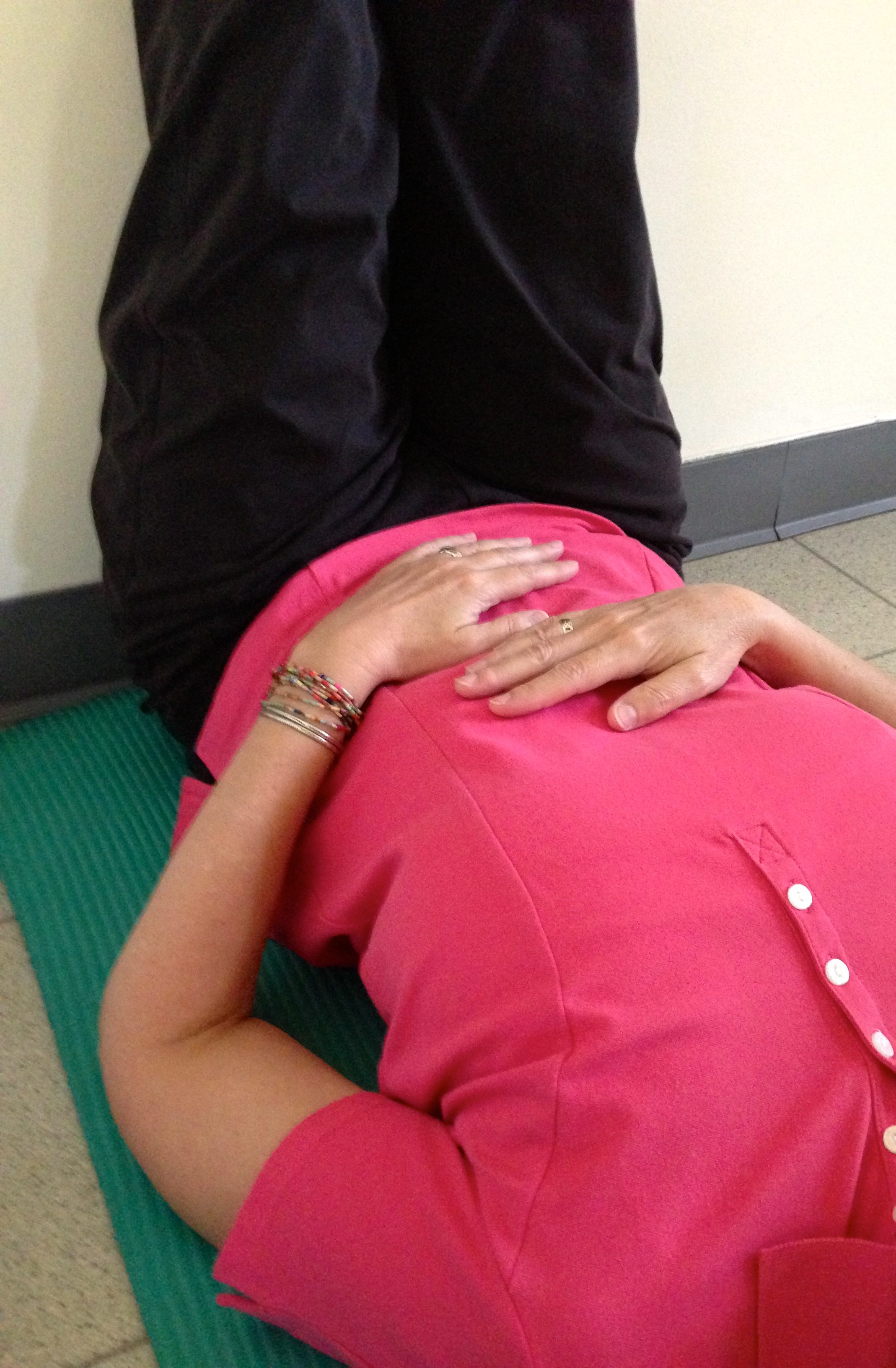
5. Rest your hands and arms where they feel pleasantly at ease: on your stomach, at your sides, or on the floor above your head.
6. Now that you’ve settled into position, surrender to the tranquility of this pose by softly closing your eyes and intentionally relaxing your brow, jaw, neck, and shoulders.
7. Belly breathe—with each inhalation feel your belly naturally rise; with each exhalation feel it naturally fall. The vast inner space this pose creates bids, “Welcome, stay as long as you like.”
8. To end the pose simply draw your knees toward your chest, gently roll to your side. And, finally, sit up slowly.
Legs Up The Wall
This is one of my favorite restorative yoga poses. Indeed, I love how I feel when I drift into the stillness of this therapeutic posture. And, then, I mentally affirm, “I am calm and balanced, the way I was designed to be.”

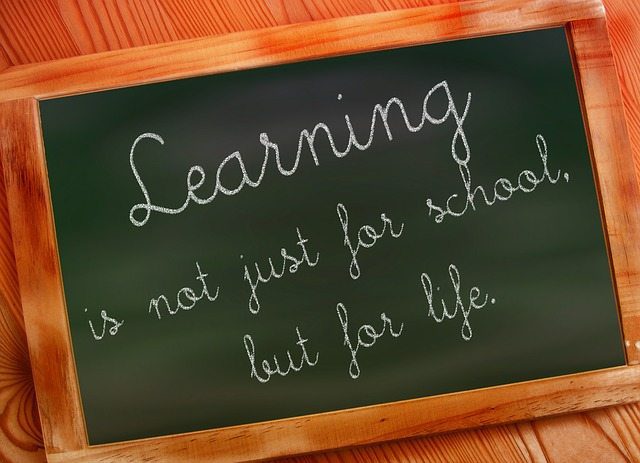
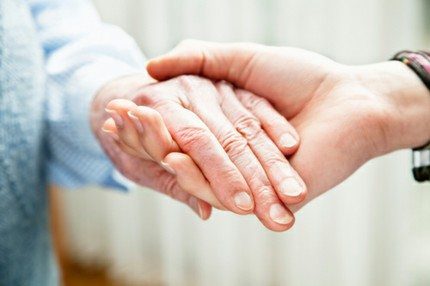 ee the colors of the trees. A nose that can smell delicious food. A tongue that can taste. Feet that can take you anywhere. Clean water to wash. Electricity to turn on a light.” etc.
ee the colors of the trees. A nose that can smell delicious food. A tongue that can taste. Feet that can take you anywhere. Clean water to wash. Electricity to turn on a light.” etc.